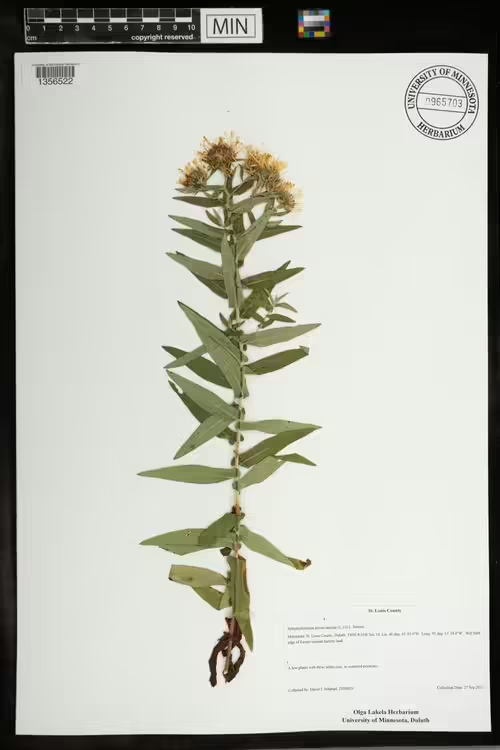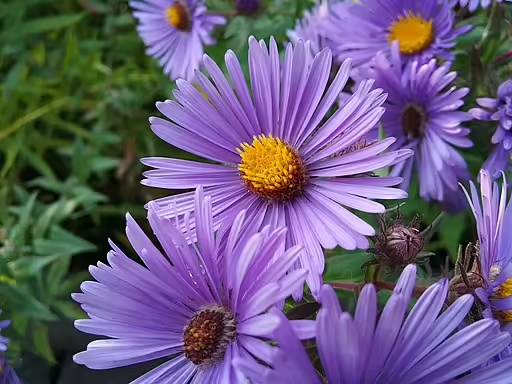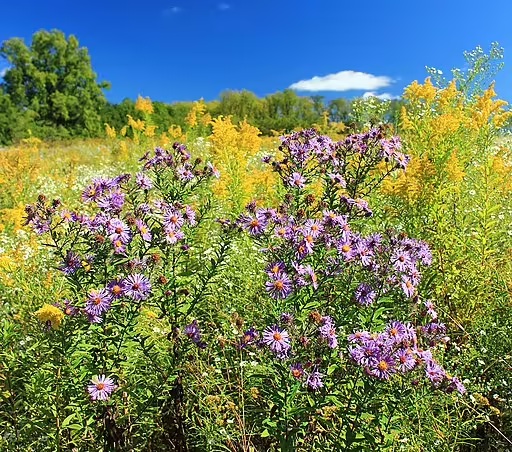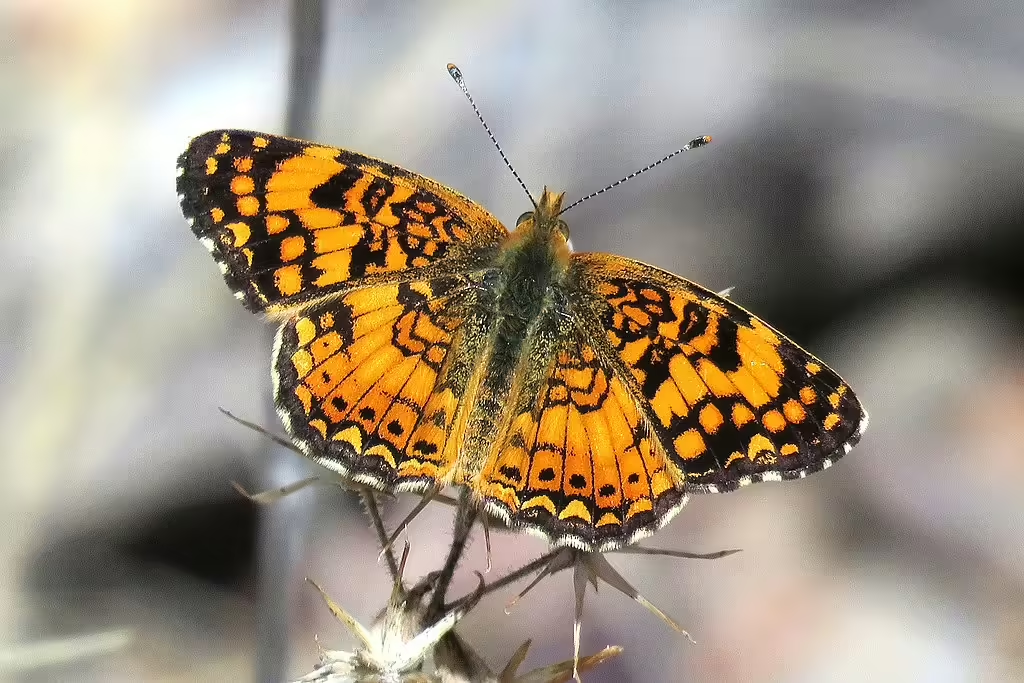Table of Contents for New England Aster (Symphyotrichum novae-angliae)
Introduction
New England Aster (Symphyotrichum novae-angliae) is a herbaceous perennial that grows in open areas such as fields, meadows, disturbed areas, and roadsides. In the fall, this plant flowers with goldenrod to form a mosaic of purple and yellow. This plant is a host for the Pearl Crescent butterfly and Canadian Conia Moth. It is also a widely used nectar and pollen source. This plant can be purchased in the McMullen House Bed & Breakfast Garden Shop.
Taxonomy and History of New England Aster (Symphyotrichum novae-angliae)

Taxonomy
New England Aster (Symphyotrichum novae-angliae) was originally described by Carl Von Linnaeus in 1753 in Species Plantarum as Aster novae-angliae. After going through a succession of names through the years, it was renamed to Symphyotrichum novae-angliae in 1995. This species is a member of the Aster Family (Asteraceae). Numerous cultivars are present in the horticultural trade.
New England Aster Description and Alternative Names

Description
New England Aster is a herbaceous perennial that grows from 3 to 7 feet tall. The opposite, simple, serrated leaves range from 3 to 6 inches in length and 1 to 3 inches in width.
Alternative Names
This plant is also known as the Michaelmas Daisy.
Range and Habitat

Range
This species is found in eastern North America, except Texas, Louisiana, and Florida.
Habitat
New England Aster is generally found growing in open areas such as meadows, fields, disturbed areas, and roadsides.


Host Species
This plant is a host for the Pearl Crescent butterfly (Phyciodes tharos), Silvery Checkerspot (Chlosyne nycteis) (Morton Arboretum) and the Canadian Conia moth (Sonia canadana) (Cornell Botanic Gardens). Bees of the Adrena genus get pollen from this plant.
Other Wildlife Value
This plant is used as a nectar and pollen source for bees, birds, and small mammals.
Interesting Facts
The species name, novae-angliae, means of New England. (Missouri Botanical Garden).